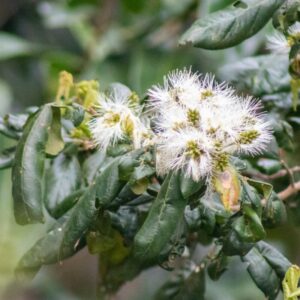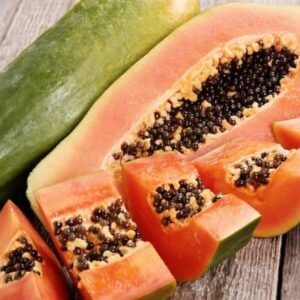20 Large Pussy Willow Tree Cuttings, No Root, Easy to Root, Landscape Planting, 8-10 Inch Cuttings to Yield 20 Trees In Field or 40 In Containers
20 Large Pussy Willow Tree Cuttings, No Root, Easy to Root, Landscape Planting, 8-10 Inch Cuttings to Yield 20 Trees In Field or 40 In Containers
Transform your garden with 20 easy-to-root pussy willow tree cuttings. Yield up to 40 trees for stunning landscapes.
$59.99

With our Alive & Thrive Guarantee, we’ve got your back for the first 30 days! If you have any concerns about your plants, just reach out to us. Our team is here to help answer your questions and guide you in selecting the best plants for your garden, climate, and unique preferences. We're excited to help you create the garden of your dreams!
-
USDA Hardiness Zone
4-8 -
Soil type
Moist, well-drained soil -
Sunlight Exposure
Full sun to partial shade -
Expected Planting Period
Fall to early spring
Enhance Your Garden with Pussy Willow Tree Cuttings
Pussy Willow Tree Cuttings are a fantastic way to bring early spring beauty into your outdoor space. These unrooted cuttings, measuring 8-10 inches, are perfect for gardeners looking to create stunning landscapes or container displays. Known for their soft, silvery catkins, these Salix caprea cuttings root effortlessly and can yield up to 40 trees.
Easy to Root and Care For
These cuttings thrive in USDA Zones 4-8 and prefer moist, well-drained soil with full to partial sunlight. The first catkins typically appear from late winter to early spring, providing an early food source for bees and pollinators. Keep the soil evenly moist during the early growth stages for optimal results.
Manageable Size for Any Garden
Once established, these trees grow to a manageable height of 6-8 feet and can spread up to 5 feet. This makes them an excellent choice for small gardens or as part of a larger landscape design. Their unique yellow-green stems add a pop of color to your garden.
Minimal Maintenance Required
Caring for your pussy willow trees is simple and requires minimal pruning. Just shape as necessary to maintain their beautiful weeping form. These hardy trees are a reliable option for gardeners of all experience levels, offering beauty year after year.
Frequently Asked Questions
- How long do the cuttings take to root? Typically, 2-4 weeks depending on conditions.
- Do these cuttings need rooting hormone? Not required, but can improve success rates.
- What is the ideal planting time? Plant from fall to early spring for best results.
- Can these cuttings grow indoors? Yes, they can be rooted in containers indoors.
- How often should I water the cuttings? Keep the soil moist but not waterlogged.

















































